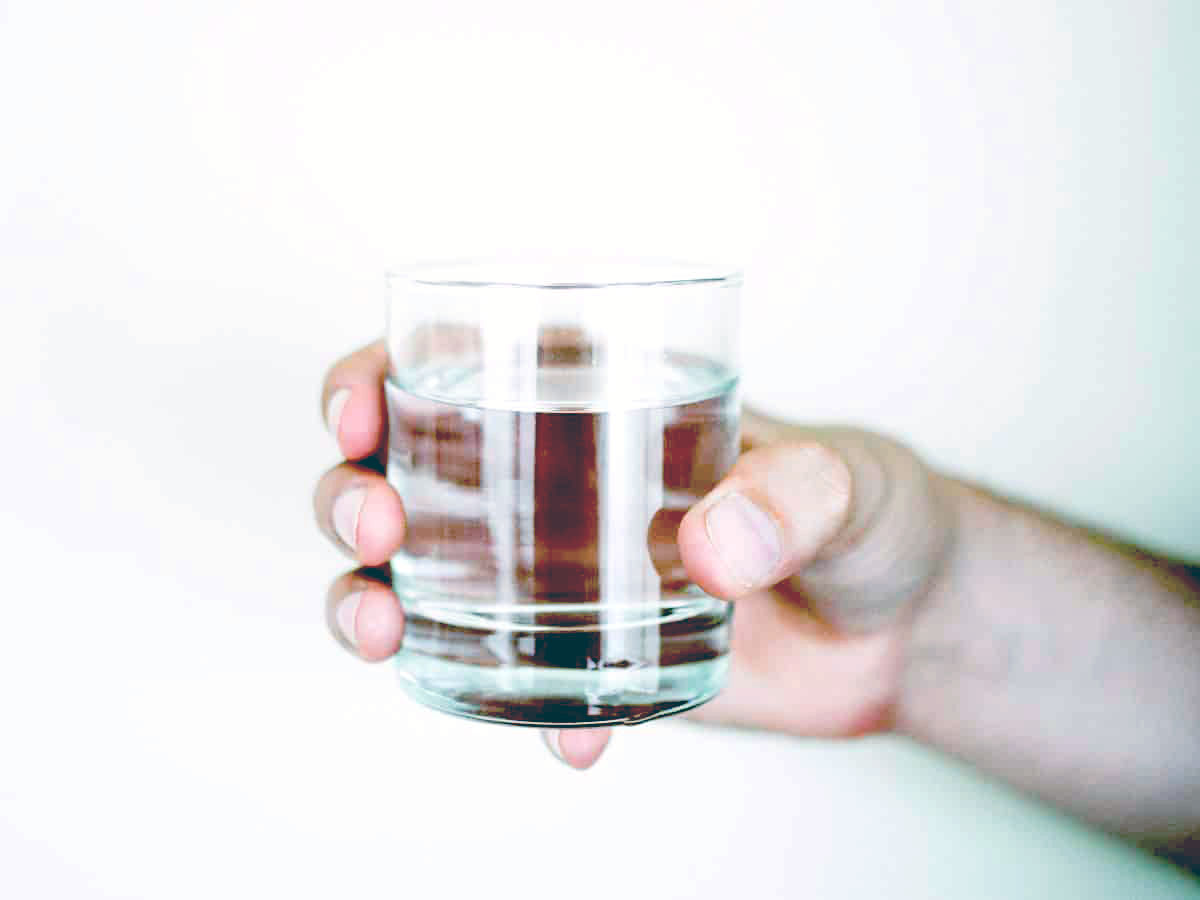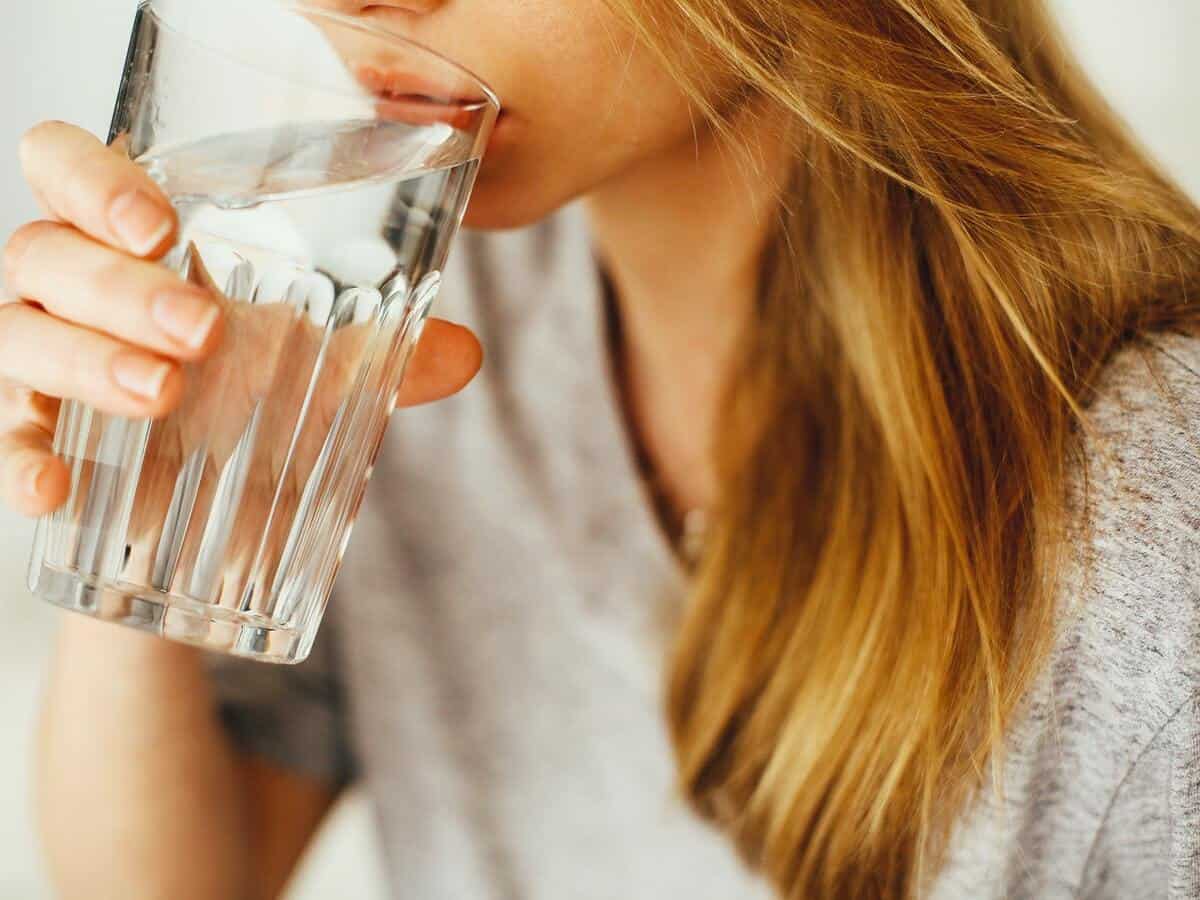There’s nothing like a refreshing drink of good old H2O we know as water. But did you know that water often needs testing for pH levels for use and drinking? If the pH levels are too high or too low, pipes will become corroded, and a person’s health will eventually fail. We will take a look into how safe the water is by the pH in water and what it measures, the perfect pH for drinking water, and how to lower the pH in water if it is too high. There are several different methods, and they help you lower the pH in water to a level close to the Environmental Protection Agency (EPA) standards.
What Does the pH in Water Measure?
PH stands for the power of hydrogen, and it measures the hydrogen ions in the water. If the water is high in acidity, that means the hydrogen ions are greater in the water.
Basic water solutions have fewer hydrogen ions. The pH in water measures whether the water is acidic or basic. The pH chart goes from 0 to 14. Seven is the neutral number; less than seven measures acidity, while numbers above seven are basic.
Acids and bases neutralize one another. There must be the right amount of each to have neutral water or testing close to the number seven on the charts.
The Perfect pH for Drinking Water
According to the Environmental Protection Agency (EPA), the standard for pH in drinking water is 6.5 to 8.5. There are strips of thin pieces of paper that change color when testing the water. It lets you know if there are more acidic or bases in the water.
The closer to neutral you are on the paper, the better off you are, but you will need to do something if the water is too high or low in pH. It could mean you have high acid levels or some other type of pollution in the water. If the numbers are not according to the EPA standards, performing tests, and action takes place to get the correct numbers on the charts.

How to Lower pH in Drinking Water
High pH means the water is too alkaline or basic. A high pH can be dangerous and deadly with alkaline and acidic. With high basic water, you can drop the pH levels to a safer level for drinking by using these methods.
- Add lemon juice to a Glass of Water: If the water is high in alkaline, use pure citric acid, like lemon juice to a glass of water, if you want to drink one glass. For higher water consumption, you can use a good-sized pitcher and test the water as the lemon juice dissolves. It is ideal to use a lemon wedge for added lemon flavor. Any citric acid is a natural way on how to lower pH in water.
- Water filtration systems: You can install water filtration systems on the faucet or below the sink where the main water line comes up. Some use reverse osmosis; others filter out the bad and add some good to the water to make it perfect for drinking.
- Using Food Grading acids: This process is a bit more complicated than using a lemon. It takes food-grade preparations of different types of acids on how to lower pH in water. Most come with a recipe and call for a fermentation process to mix with the water. The acids used in this process are lactic, sulfuric, and phosphoric, and it is critical to know which one to use by following the recipe.
- Install acid injector systems: If there is an ongoing issue with high alkaline in the water, it requires fixing right at the source of where the water comes from the primary source. It adds the right amount of acid to neutralize the water and comes out perfectly throughout the home. These systems take professional installation.
The Value of pH
This article focuses solely on drinking water, but it is essential to realize that the pH measures for different purposes. Not every use is the same required ph levels. For example, fish tanks, swimming pools, lakes, and streams have different required pH levels. Even rainwater has an acidic level of 5.6. How acidic or basic drinking water is depends on how many chemicals and minerals are put into the water system. Every time the slightest chemical or mineral goes into the water, it has to get tested for pH level and fixed to EPA standards.
Pollution in the Water Revealed by the pH Levels
When water is tested, it can reveal heavy metal pollution or chemicals by pH measurements. There is more than one test done on the water, but high or low pH levels mean something is polluting the water that is made of chemicals or acidic products. Pure water, level seven, is neutral but challenging to get to ideally, according to the pH chart.
Imagine the chart as high is basic or alkaline and low is acidic. The best way to picture how the chart works is by thinking about the middle being the perfect drinking water, and the lower the number, the closer it gets to battery acid. The higher it gets up the chart, the alkaline compares to lye or Liquid Draino. Battery acid and Liquid Draino are both fatal if consumed. Both are at separate ends of the chart, but both guarantee sure death if consumed.
When the warning labels say do not consume, they mean it because everything is showing high or low acidic or alkaline comes from pH and other tests. The taste is noticeable either way. The acidic tastes more sour, while the basic is bland to bitter. Both will eat away and corrode water lines and can eat away at the internal organs if the count is too high or too low.

Most of the Common Types of Water pH Levels
These are the common types of water and their pH levels:
- Ocean Water: about 8;
- Acid Rain: 5 to 5.5;
- Tap Water: The water varies due to constant testing and maintenance is around 7.5;
- Bottled water: 6.5 to 7.5;
- Distilled reverse osmosis water: 5 to 7;
- Alkaline bottled water: 8 to 9;
- Acid Rain: 5 to 5.5.
As you can see, the bottle and tap water are the only safe water to drink. Distilled water is good when it is closer to seven on the pH scale. It is healthier to drink distilled water if a person can get past the taste. Boiling water and collecting the steam create distilled water.
It is required to boil fresh water from lakes and streams to kill the parasites and bacteria that live in the water. The pH in freshwater lakes and streams is closer to acid rain. All water from the location comes from underground or freshwater reservoirs. Collecting the water takes time to boil and place the chemicals such as chlorine and other minerals into it. It is a process used at water plants, and the water goes into the tanks and disperses from there.
How is Well Water Different from Tap Water?
When it comes to drinking water, workers test the municipal or tap water at the plants, so the homeowner does not have to worry about the pH levels. The municipal water suppliers work around the clock to keep the water at or around 7.5 average pH.
The homeowner has to test the well water and ensure they have a water softener and water neutralizer to keep the pH levels around 7. Automatically, well water has a pH level of 6 to 8.5. It is mandatory to have a water softener, and it also depends on the location, because some areas will have higher acidic levels due to the minerals within the ground. This is when you need to have a neutralizer. You can find it at any hardware store like Lowes or Home Depot.
The best times to test well water are right after installing a new water softener, after the first couple of gallons of water is used, and then as the water softener is due for a switch out. Before you notice the water starting to get hard water again, it is an excellent time to test it and request a switch out for a water softener tank.

Enjoy a Healthy pH in Water with ONIT Home
ONIT Home specializes in helping you lower pH in water for drinking purposes. The design of our supplies and equipment keeps the pH levels close to seven and makes it safe for all to drink. The water filtration system will also have the water tasting tremendous and refreshing.
Please check our website to get all our contact information and everything you need to know about our water filtration systems we can install for you today. The essential thing is to know what you want, and we can even help you decide that too, so you can have the most refreshing water around the neighborhood block.
To get started, call us today at 1-833-433-0331!



